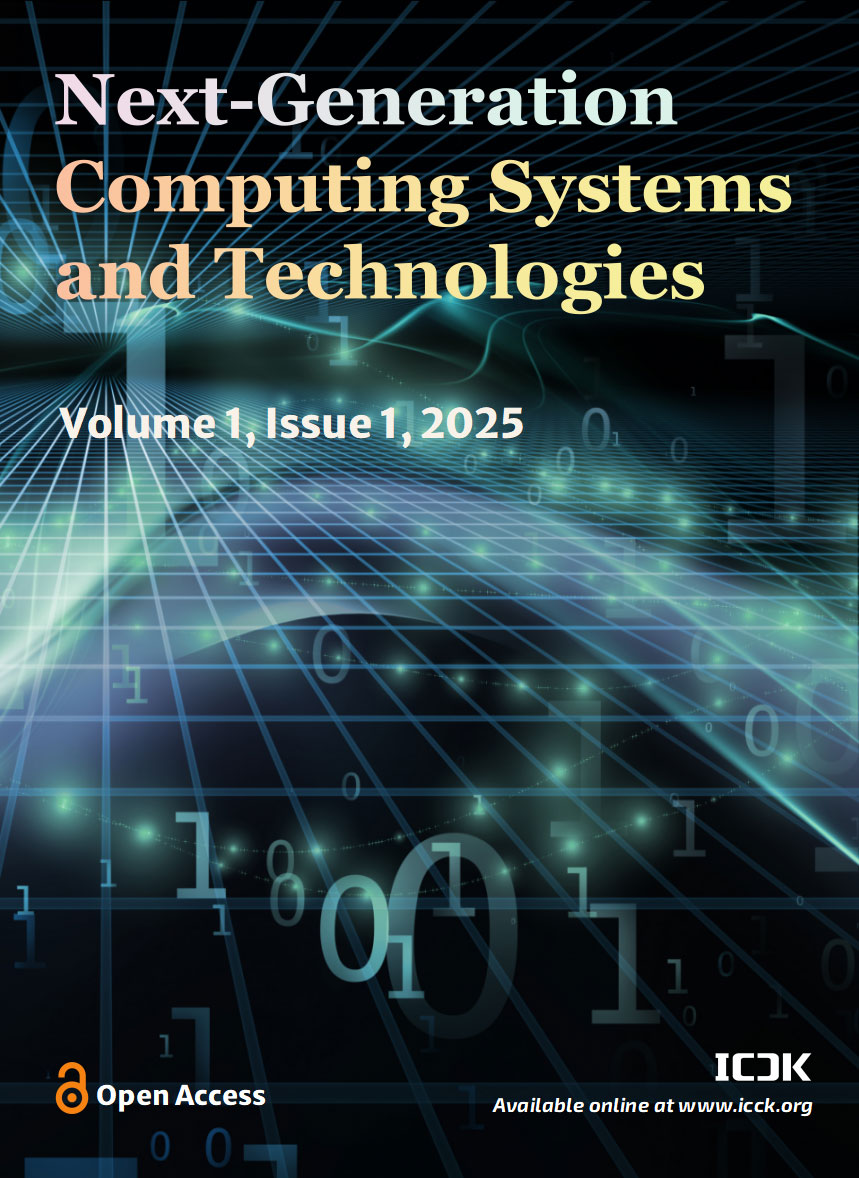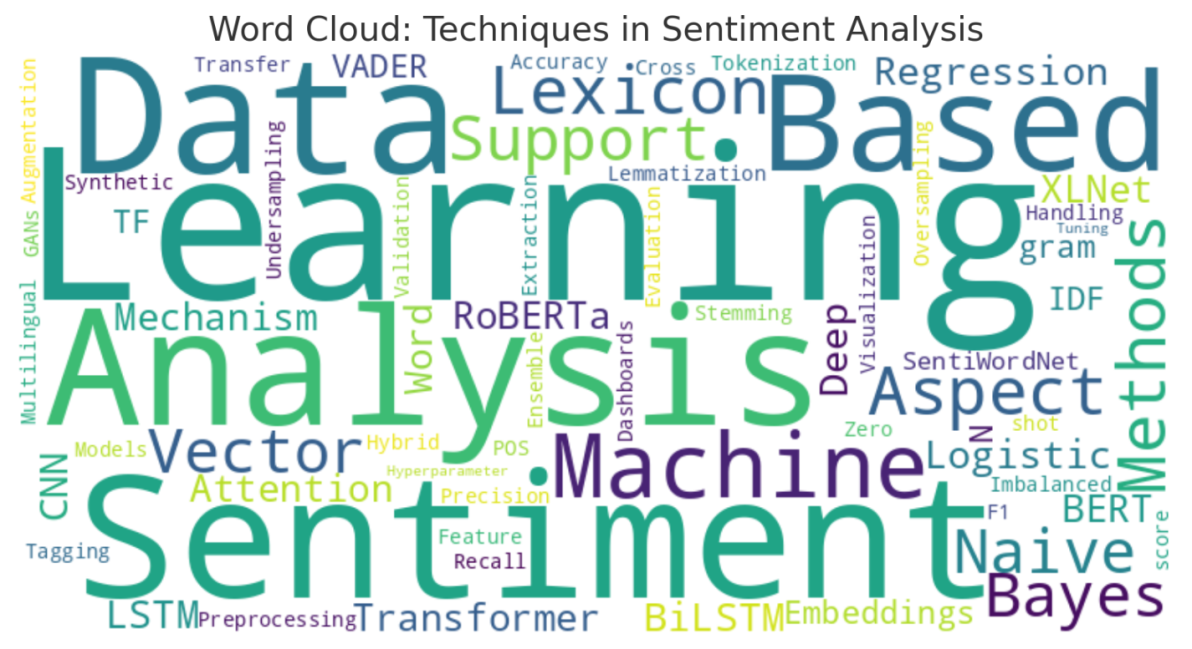Abstract
Getting feedback from the students in education is the key to improving the learning experience in education, but reading through hundreds of feedback forms can be overwhelming. Sentiment Analysis (SA), which is a NLP (Natural Language Processing) technique, comes in interprets the emotions and opinions behind their feedback. This review explores how various technologies like machine learning and NLP are being used to understand student opinions about teaching quality, course materials, assignments, exams, instructional behavior and overall learning experience. Sentiment analysis helps educators understand student concerns, thereby improving the learning experience and promoting a student-centered learning environment. The challenges in these technologies are discussed with future directions. This review would serve as a guide to researchers in the same domain.
Keywords
sentimental analysis
student feedback
machine learning
natural language processing
bias
Data Availability Statement
Not applicable.
Funding
This work was supported without any funding.
Conflicts of Interest
The author declares no conflicts of interest.
Ethical Approval and Consent to Participate
Not applicable.
Cite This Article
APA Style
Baskar, S (2025). A Comprehensive Review on Techniques in Sentiment Analysis for Improving Teaching and Learning through Students’ Feedback. Next-Generation Computing Systems and Technologies, 1(1), 11–17. https://doi.org/10.62762/NGCST.2025.927566
Publisher's Note
ICCK stays neutral with regard to jurisdictional claims in published maps and institutional affiliations.
Rights and Permissions

Copyright © 2025 by the Author(s). Published by Institute of Central Computation and Knowledge. This article is an open access article distributed under the terms and conditions of the Creative Commons Attribution (CC BY) license (
https://creativecommons.org/licenses/by/4.0/), which permits use, sharing, adaptation, distribution and reproduction in any medium or format, as long as you give appropriate credit to the original author(s) and the source, provide a link to the Creative Commons licence, and indicate if changes were made.


 Submit Manuscript
Edit a Special Issue
Submit Manuscript
Edit a Special Issue

 Copyright © 2025 by the Author(s). Published by Institute of Central Computation and Knowledge. This article is an open access article distributed under the terms and conditions of the Creative Commons Attribution (CC BY) license (https://creativecommons.org/licenses/by/4.0/), which permits use, sharing, adaptation, distribution and reproduction in any medium or format, as long as you give appropriate credit to the original author(s) and the source, provide a link to the Creative Commons licence, and indicate if changes were made.
Copyright © 2025 by the Author(s). Published by Institute of Central Computation and Knowledge. This article is an open access article distributed under the terms and conditions of the Creative Commons Attribution (CC BY) license (https://creativecommons.org/licenses/by/4.0/), which permits use, sharing, adaptation, distribution and reproduction in any medium or format, as long as you give appropriate credit to the original author(s) and the source, provide a link to the Creative Commons licence, and indicate if changes were made. 